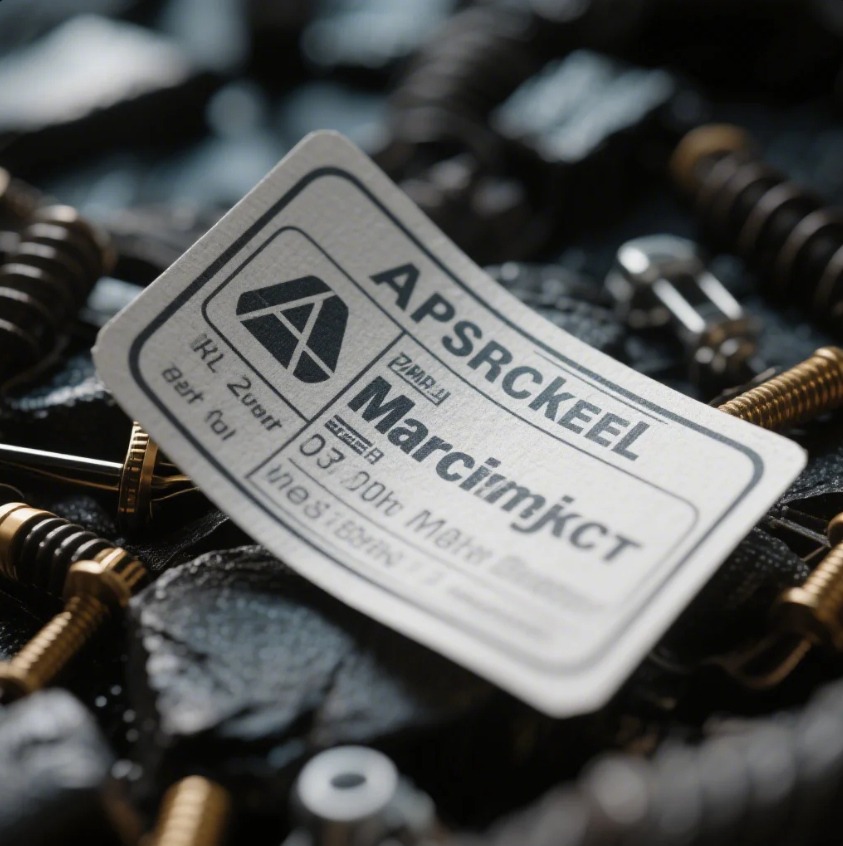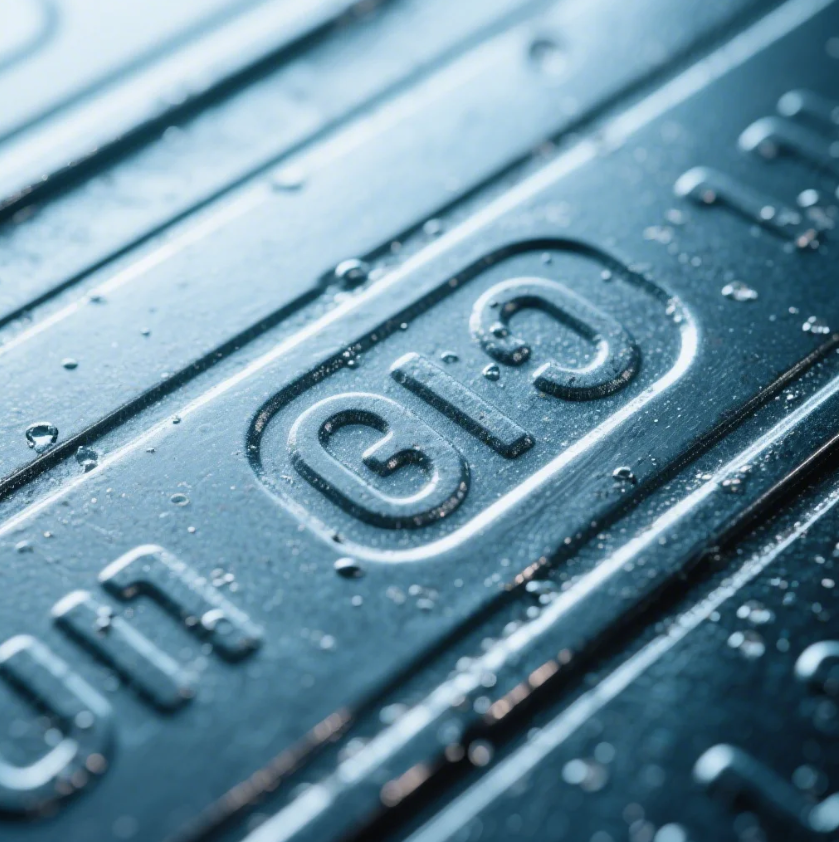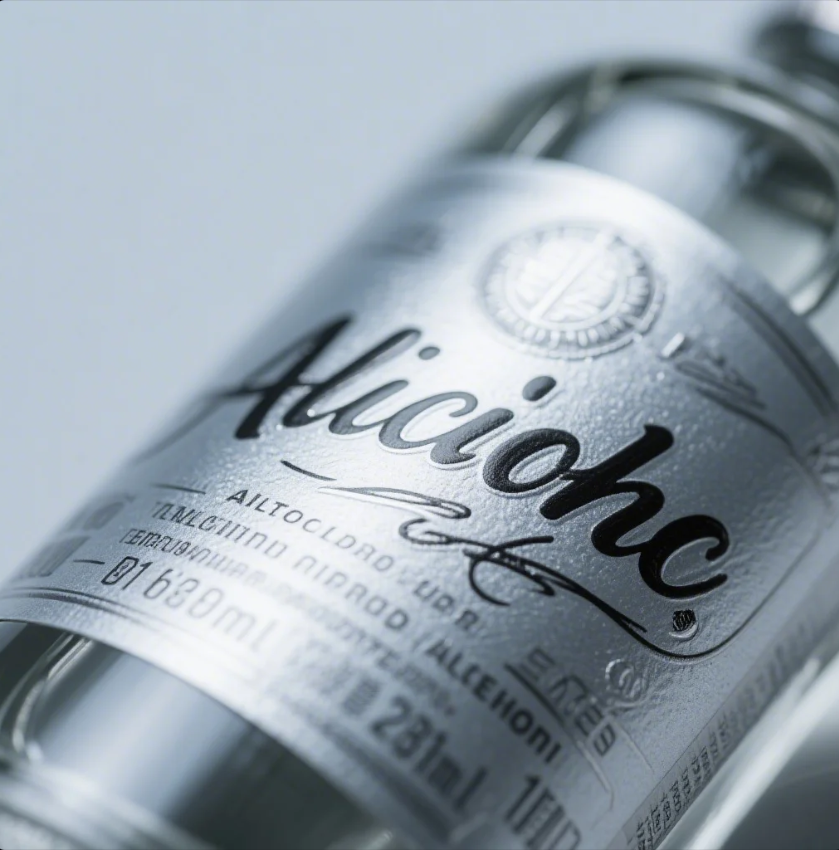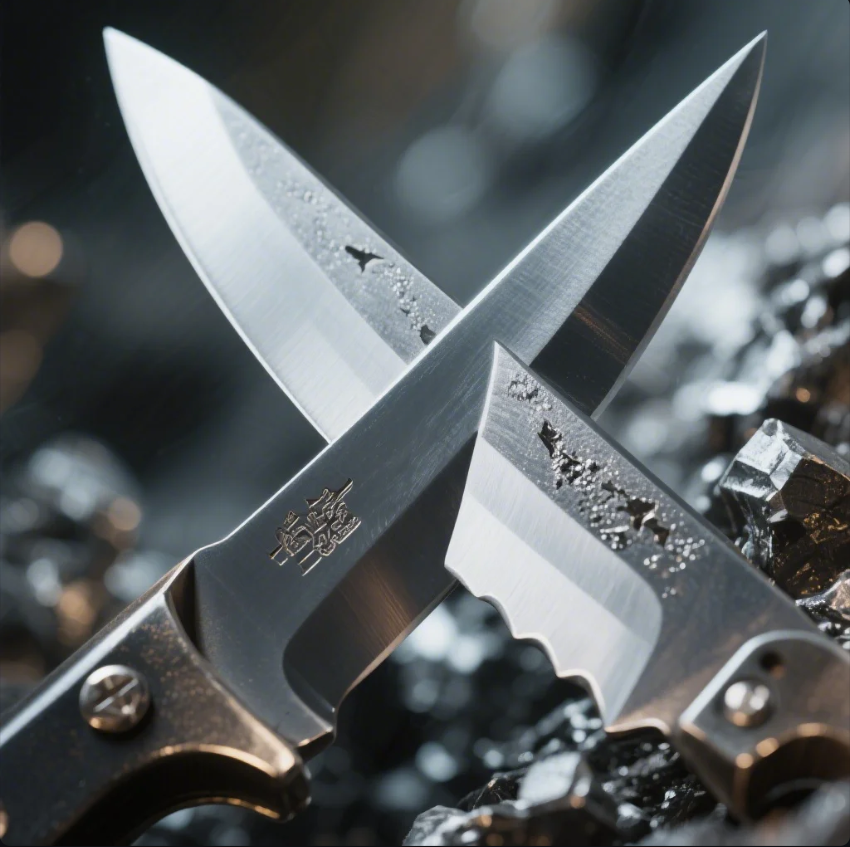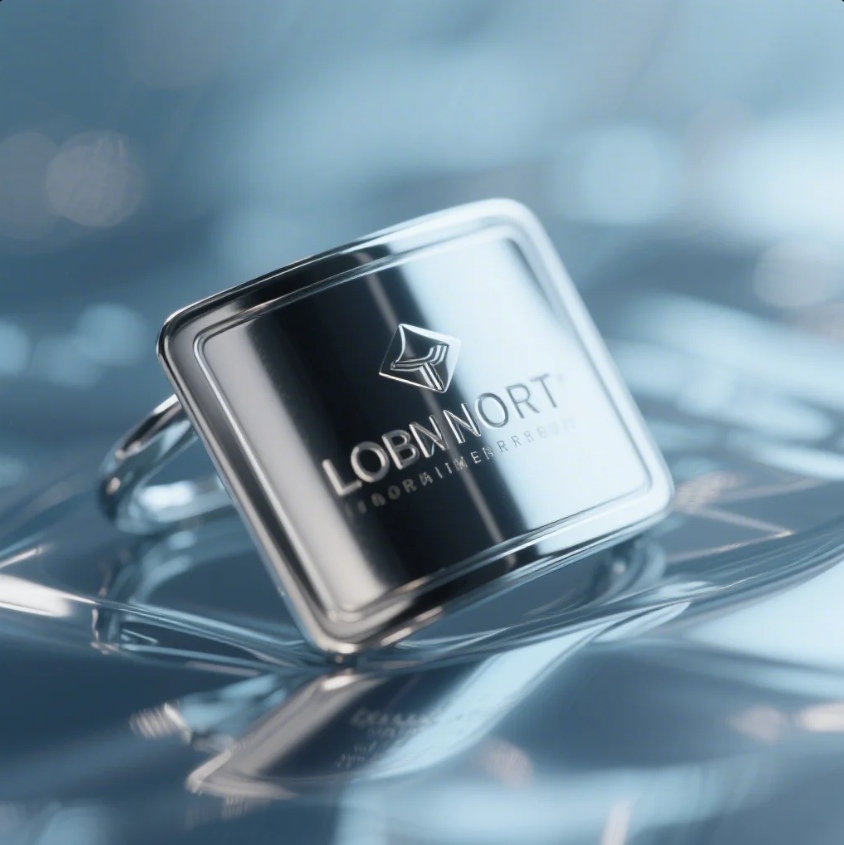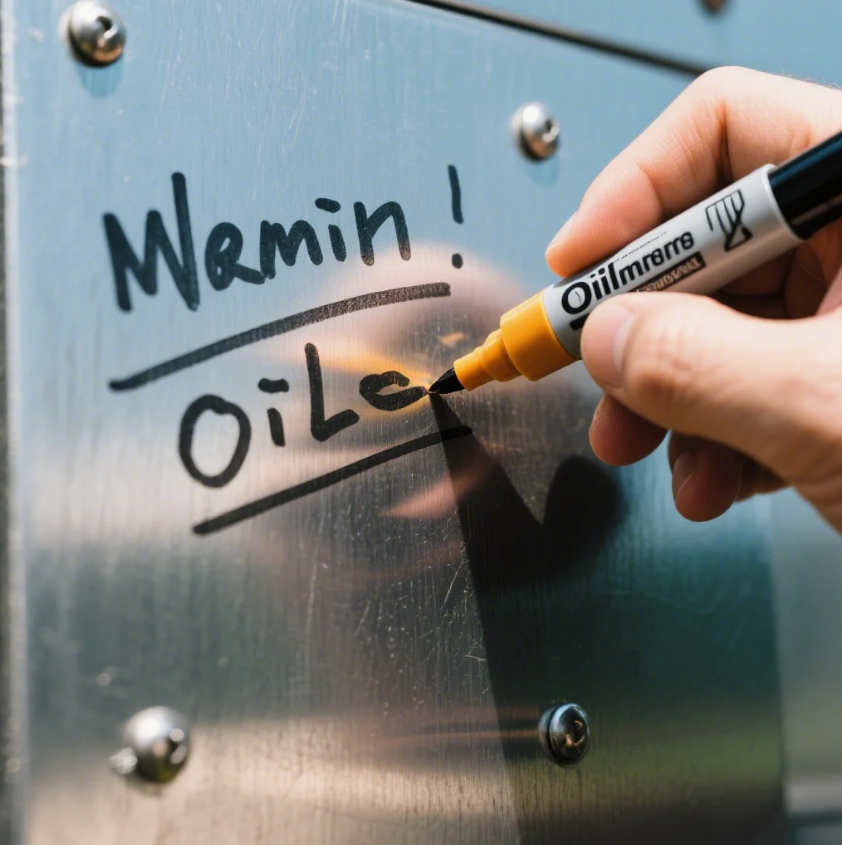TEMPLATE_START
What polarity for 6011?
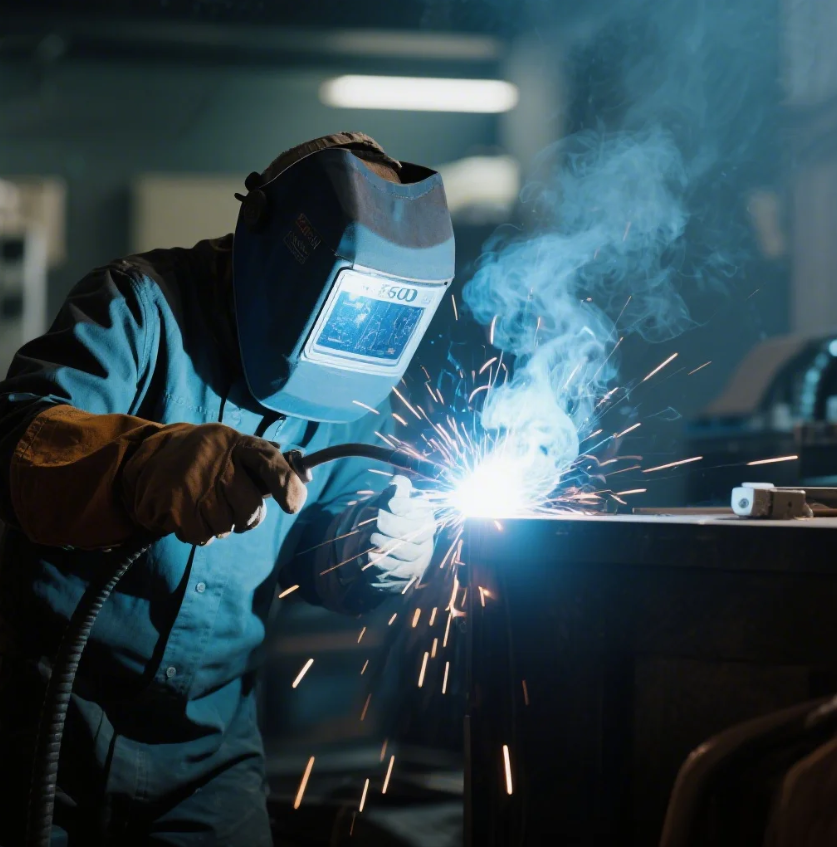
When welding with a 6011 electrode, understanding the right polarity is crucial for achieving a strong and reliable weld. Whether you're a seasoned welder or just starting, knowing the correct settings can save you time and effort. But what polarity should you use for 6011?
For 6011 electrodes, the polarity can be either DCEN (Direct Current Electrode Negative) or AC (Alternating Current), depending on the specific welding application.
This article will answer all your questions about welding with the 6011 electrode, including whether you can use DCEN, what polarity works best, and whether you can weld uphill or downhill.
Can you run 6011 on DCEN?
Yes, you can run a 6011 electrode on DCEN (Direct Current Electrode Negative) polarity. In fact, DCEN is commonly used for 6011 welding, especially when working with thicker materials. When using DCEN polarity, the electrode is connected to the negative terminal, and the workpiece is connected to the positive terminal. This setup concentrates the heat at the electrode, helping to break through surface contaminants and achieve a clean weld.
Running 6011 on DCEN can improve penetration, making it ideal for welding steel, cast iron, and other materials with surface rust or mill scale.
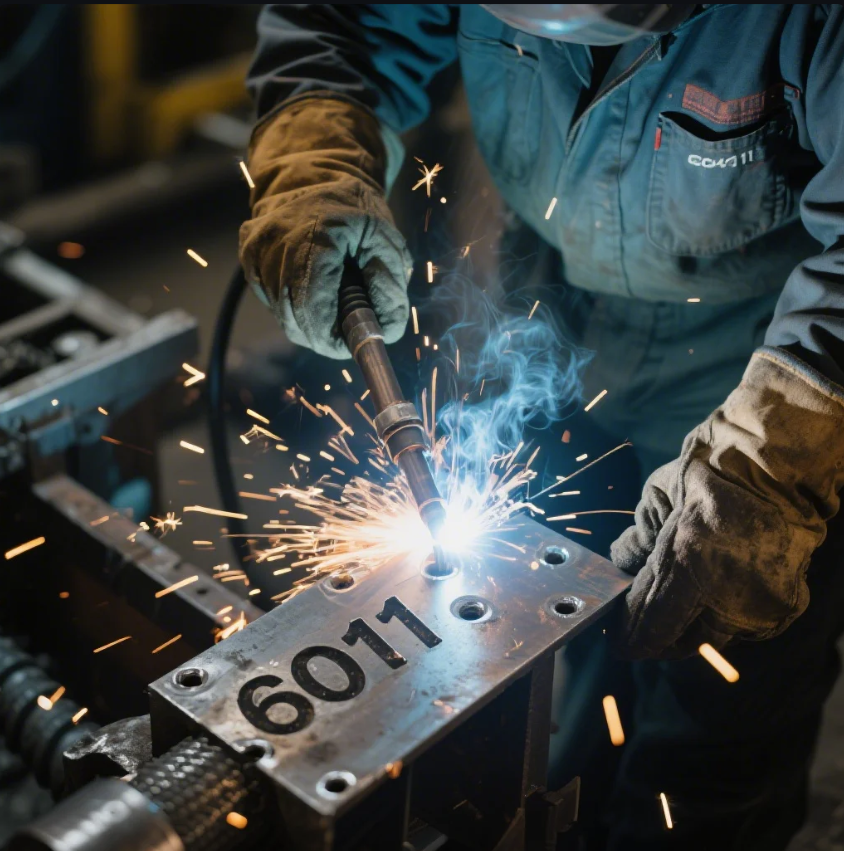
Benefits of DCEN for 6011 Welding:
- Deeper penetration: The heat is focused on the electrode, leading to deeper weld penetration.
- Better for contaminated surfaces: The 6011 electrode is known for its ability to weld through rust, scale, and dirt, and DCEN helps achieve better results.
- Faster travel speed: DCEN polarity allows for faster welding, making it efficient for projects that require quick results.
What welding polarity do we use for 6010, 6011, 6013, 7018?
Each of these electrodes has different polarity preferences, and it's important to understand the recommended settings to get the best results. Here's a breakdown of the most commonly used welding polarities for these electrodes:
| Electrode | Preferred Polarity | Best for |
|---|---|---|
| 6010 | DCEN or AC | Root passes, welding through rust or contamination |
| 6011 | DCEN or AC | Welding through rust, scale, and dirt |
| 6013 | DCEP (Direct Current Electrode Positive) or AC | Smooth welds on clean steel or thin materials |
| 7018 | DCEP | Strong, high-quality welds, deep penetration on steel |
As you can see, 6010 and 6011 are versatile electrodes that can be used with both DCEN and AC. 7018, on the other hand, is typically used with DCEP for strong welds with deep penetration.
Summary of Common Electrode Polarities:
- 6010 & 6011: Can be used with DCEN or AC depending on the application.
- 6013: Typically used with DCEP or AC for smoother, cleaner welds.
- 7018: Typically used with DCEP for strong, durable welds.
Is E6011 positive or negative?
The E6011 electrode is generally negative when used with DCEN (Direct Current Electrode Negative) polarity. This is the most common polarity setting for E6011, and it works well for welding through contaminants like rust or scale. The negative polarity focuses the heat on the electrode, which helps to clean the surface and improve penetration.
In summary, the E6011 electrode is best used with a negative polarity (DCEN), but it can also work with AC depending on the specific needs of the job.
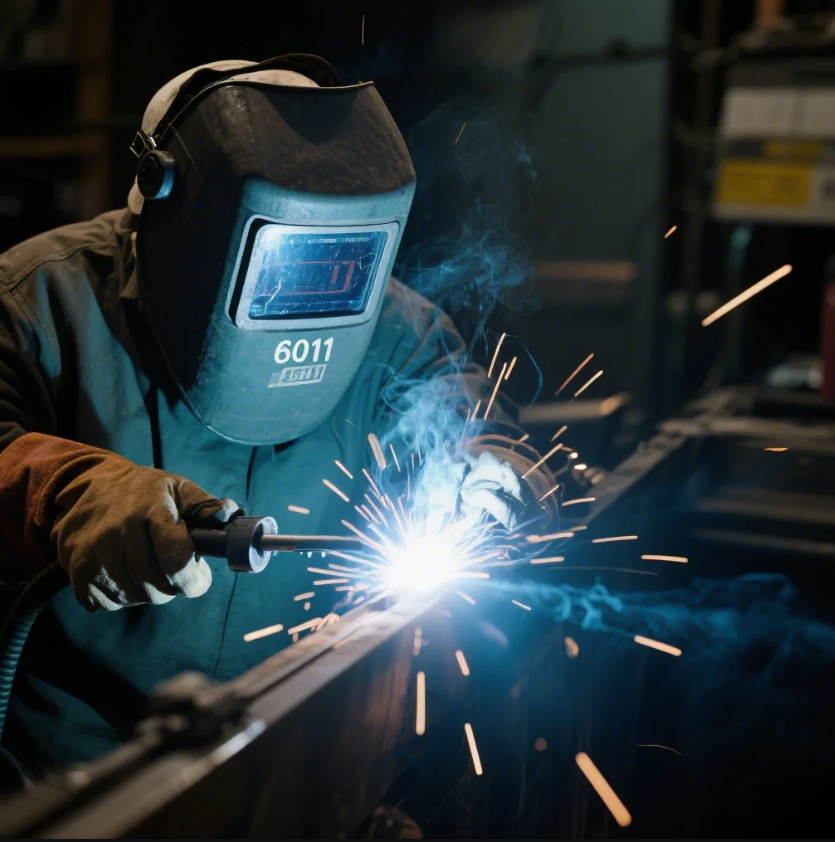
Why Use Negative Polarity for E6011?
- Better penetration: The heat is focused on the electrode, which results in deeper penetration.
- Increased cleaning action: The 6011 electrode is ideal for situations where the material is contaminated with rust, dirt, or scale. DCEN polarity helps clean these surfaces during the welding process.
- Faster welds: With DCEN, the process is faster and more efficient for welding thicker materials.
Can you weld 6011 uphill or downhill?
You can weld with 6011 electrodes both uphill and downhill, but the choice of direction depends on the material, joint configuration, and the specific requirements of your project.
Uphill welding is typically preferred for 6011 because it allows for better penetration and control, leading to stronger welds.
Welding 6011 Uphill:
- Better penetration: Welding uphill allows the molten metal to travel upward, improving fusion and penetration.
- Stronger welds: Uphill welding is ideal for thicker materials where strength and durability are critical.
- More control: Uphill welding gives better control over the molten pool, which is essential for a clean, high-quality weld.
Welding 6011 Downhill:
- Faster: Downhill welding is quicker because gravity helps the molten metal flow downwards.
- Good for thinner materials: If you're welding thinner materials or need to complete the weld quickly, downhill welding may be suitable.
- Lower penetration: Downhill welding tends to produce a shallower weld with less penetration, so it may not be suitable for thicker materials.
When to Use Uphill vs. Downhill with 6011:
- Uphill: For thicker materials, joints that require strong penetration, and when higher control is needed.
- Downhill: For thinner materials or when speed is a priority.
Conclusion
Choosing the right polarity and technique when welding with a 6011 electrode is essential for producing strong, durable welds. DCEN (Direct Current Electrode Negative) is the most commonly recommended polarity for 6011, providing deep penetration, better cleaning action, and faster welding speeds. Whether you're welding uphill or downhill, the 6011 electrode is versatile enough to handle both, with uphill welding offering better control and penetration for thicker materials.
Looking for expert advice on your welding projects? Contact Prime today for custom quotes, professional guidance, and fast delivery on high-quality welding components. We ensure timely, reliable service to help you achieve the best results for your welding needs.
TEMPLATE_END

